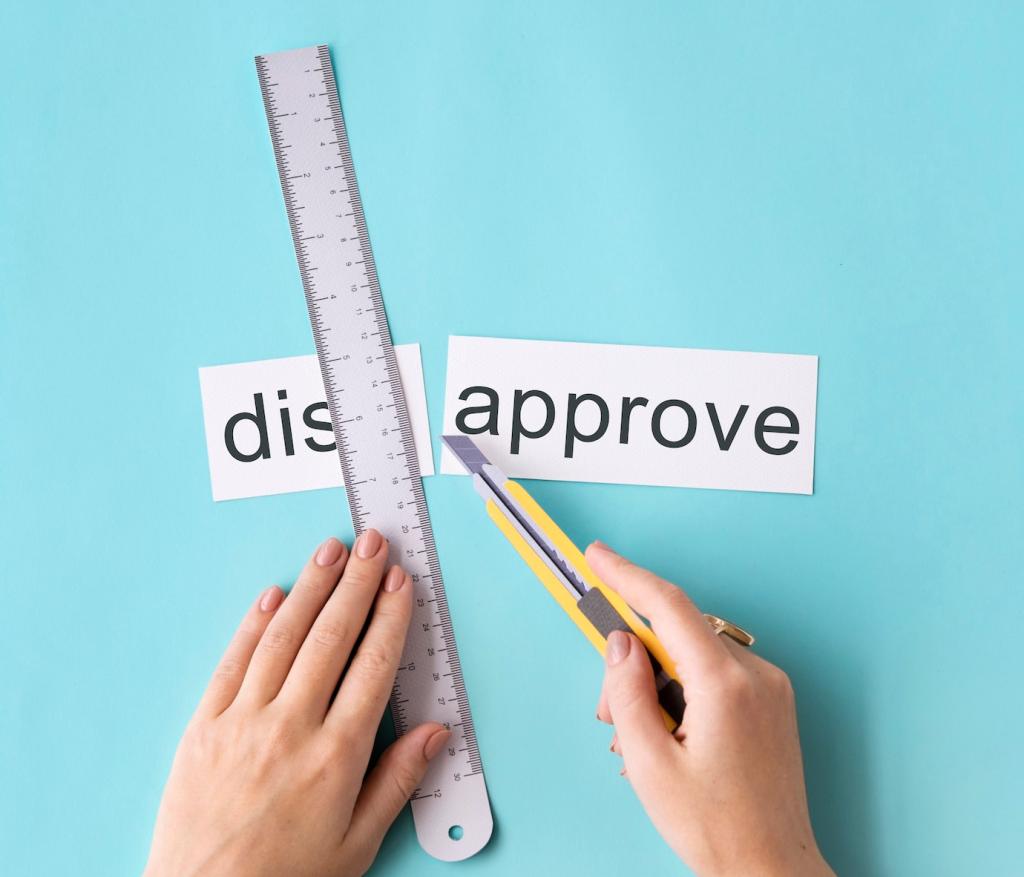Fix Torn Upholstery at Home with Confidence
Chosen theme: Tips for Fixing Torn Upholstery at Home. Roll up your sleeves and rescue your favorite chair or sofa with practical, friendly guidance, small wins you can celebrate today, and simple steps that look impressively professional.
Assess the Tear and Plan Your Repair
Check whether the upholstery is woven, knit, microfiber, leather, or vinyl, because each behaves differently under tension. Note if edges are frayed, clean-cut, or jagged. Small punctures often stitch cleanly; long, frayed rips benefit from patch reinforcement.

Gather Tools and Materials You Already Own

Tools you need—and smart substitutes
Curved upholstery needles, a sturdy thimble, and polyester upholstery thread deliver strong, discreet seams. No curved needle? Bend a cheap needle slightly with pliers. Binder clips replace pins on thick fabric. A hair dryer softens vinyl for easier manipulation.

Finding or choosing the perfect patch
Look beneath the furniture: many pieces have a dust cover with scrap fabric tucked nearby. Otherwise, choose a patch that matches fiber content and weight. Slightly larger than the tear, it should overlap evenly to distribute stress and prevent re-tearing.

Adhesives that hold without stiffness
Fabric glue remains flexible if applied thinly and pressed under weight for several hours. Contact cement bonds vinyl and leather firmly but requires 24-hour cure time. Heat-activated hem tape offers quick stabilization, especially for underlay patches on woven textiles.
Hand-Stitching Techniques That Disappear
01
Align edges closely and take small, horizontal bites on alternating sides, like rungs of a ladder. Gently pull to close the seam. Use polyester upholstery thread; it resists abrasion. Finish by burying the knot inside the fabric to hide the exit point.
02
For edges that must lay perfectly flat, the slip stitch conceals thread within the fold. Keep stitches short and consistent. Tug gently, not forcefully, to avoid puckering. Practice on scrap fabric first, then move confidently to your cushion cover.
03
Even tension prevents dimples and gathers. Double-thread for strength on heavy textiles, but keep stitches small. Tie a square knot, take a tiny backstitch, then sink the tail through the fabric and snip. Share your best invisible-stitch tips in the comments.
Smart Patching for Larger Rips
Slide a patch underneath the tear, aligning grain direction with the original upholstery. Use fabric glue or hem tape to bond edges down smoothly. Once secured, apply a ladder stitch at the perimeter for an almost undetectable, reinforced finish.
If perfect blending is impossible, turn the patch into intentional style: contrast fabric, thoughtful applique, or a strip bordered by piping. A symmetrical pair can look custom. Invite readers to vote on your mockups, then post before-and-after photos.
Match stripes, plaids, or prints by aligning motifs before trimming the patch. For velvet or corduroy, keep nap direction consistent to avoid color shifts. Pin, check under daylight, then commit. Precision here makes your repair read as original upholstery.
Leather and Vinyl: Special Repair Tactics
Leather and vinyl repair kits explained
Most kits include filler, color compounds, and grain papers. Clean gently, apply filler in thin layers, then imprint texture using the included sheet and heat tool. Practice on a hidden area first to understand timing, pressure, and temperature.


Color mixing and sheen matching
Mix small amounts to match midtone first, then adjust warmth and darkness. Test under natural and artificial light. For sheen, a light satin finish hides minor imperfections better than high gloss. Note your ratios so future touch-ups stay consistent.

Refill, restuff, and reshape cushions
Replace tired foam with high-density cores, and wrap in new batting for smooth edges. Redistribute fill evenly and steam lightly to relax wrinkles. Tell us which cushion types you find trickiest, and we’ll publish a deeper guide next week.

Reinforce seams and stress points
Add seam tape or a lightweight interfacing behind high-stress areas like corners and front rails. A few extra stitches at endpoints prevent future spreading. Think preventive maintenance: small reinforcements now save big repairs later. Subscribe for printable checklists.
